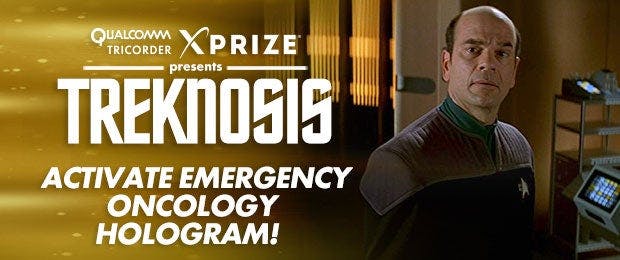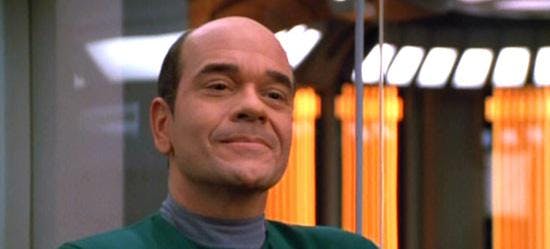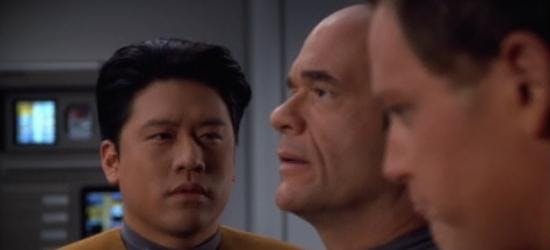Published Apr 13, 2015
Activate Emergency Oncology Program!
Activate Emergency Oncology Program!

"Please state the nature of the medical emergency."I don't know about you, but I got pretty attached to hearing that phrase after a while. The Emergency Medical Hologram was one of my favorite characters on Star Trek: Voyager, especially after season three or so, but it wasn't until much later that I realized what an amazing idea the EMH was in general. Think about it: at the flip of a switch (or a simple voice command, as the case may be), you could have an instant doctor in the house who never got tired, was impervious to infection by even the most virulent agents, and could never mix up his patients or forget a fact... as long as everything was working right.




Jon Sung is a contributing writer for XPRIZE and copywriting gun-for-hire to startups and ventures all over the San Francisco Bay area. When not wrangling words for business or pleasure, he serves as the captain of the USS Loma Prieta, the hardest-partying Star Trek fan club in San Francisco.
XPRIZE is an innovation engine. We design and operate prize competitions to address global crises and market failures, and incentivize teams around the world to solve them.
Currently, we are operating numerous prizes, including the $30M Google Lunar XPRIZE, challenging privately funded teams to successfully land a robot on the Moon’s surface, and the $10M Qualcomm Tricorder XPRIZE, challenging teams around the world to create a portable, wireless, Star Trek-inspired medical device that allows you to monitor your health and medical conditions anywhere, anytime. The result? Radical innovation that will help us all live long and prosper.
Sign up today to join our mission, be a part of our campaign and win collectibles at: tricorderfederation.org.




